Etienne Léopold Trouvelot sketched the cosmos for Harvard. His pastels capture solar flares, eclipses, star clusters, and Jupiter’s biggest storm.



About six years ago, the CEO of Toyota Research Institute published a seminal paper about whether a Cambrian explosion was coming for robotics. The term “Cambrian explosion” refers to an important event approximately half a billion years ago in which there was a rapid expansion of different forms of life on earth. There are parallels with the field of robotics as modern technological advancements are fueling an analogous explosion in the diversification and applicability of robots. Today, we’re seeing this Cambrian explosion of robotics unfolding, and consequently, many distinct patterns are emerging. I’ll outline the top three trends that are rapidly evolving in the robotics space and that are most likely to dominate for years to come.
1. The Democratization Of AI And The Convergence Of Technologies.
The birth and proliferation of AI-powered robots are happening because of the democratization of AI. For example, open-source machine learning frameworks are now broadly accessible; AI algorithms are now in the open domain in cloud-based repositories like GitHub; and influential publications on deep learning from top schools can now be downloaded. We now have access to more computing power (e.g., Nvidia GPUs, Omniverse, etc.), data, cloud-computing platforms (e.g., Amazon AWS), new hardware and advanced engineering. Many robotics startup companies are capitalizing on this “super evolution” of technology to build more intelligent and more capable machines.
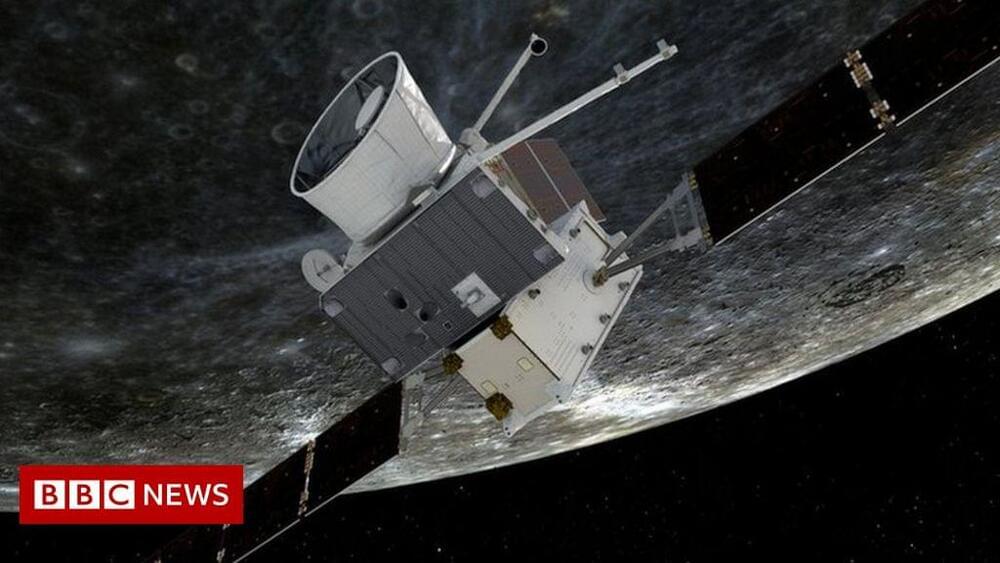
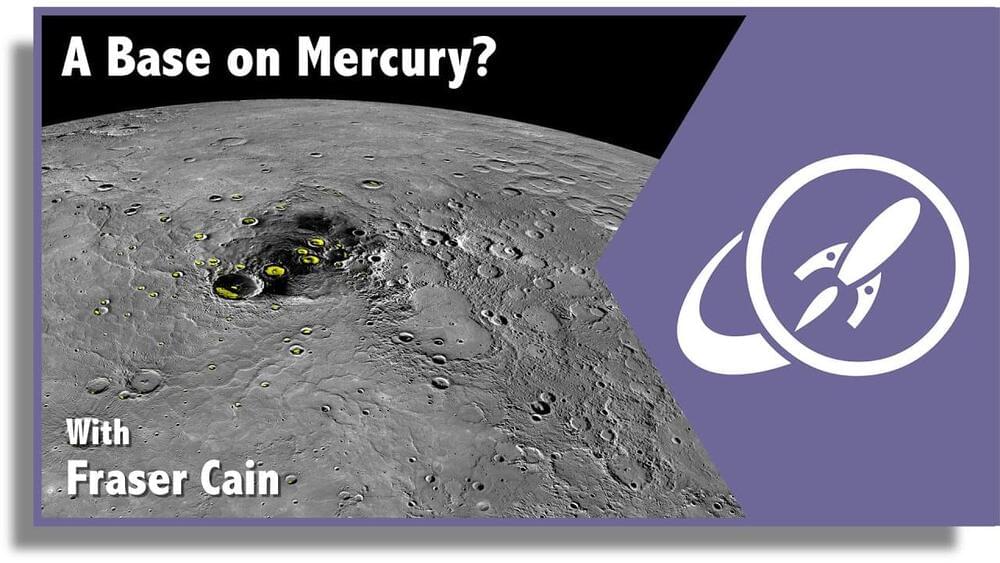
BepiColombo will complete its first of six Mercury flybys on October 1st. Some cameras will be operating so we’ll get some images. Some science, too.
BepiColombo made a quick visit to Venus in August and is on to its next rendezvous. On October 1st it’ll perform a flyby of Mercury, the spacecraft’s eventual destination. This visit is just a little flirtation—one of six—ahead of its eventual orbital link-up with Mercury in late 2025.
The quick visit will yield some scientific results, though, and they’ll be just a taste of what’s ahead in BepiColumbo’s one-year mission to Mercury.
BepiColombo is on a bit of a tour of the inner regions of the Solar System on its way to Mercury. The complicated route full of flybys of Earth, Venus, and Mercury is the only way to get the spacecraft into orbit at Mercury. BepiColombo launched in October 2018 from Europe’s Spaceport in French Guiana. Then it travelled through space for a year and a half before returning to Earth for a gravity-assist manoeuvre that directed it toward Venus.

In the 2030’s, gravitational-wave detectors will be thousands of times more sensitive than Advanced LIGO
The Laser Interferometer Gravitational-Wave Observatory (LIGO) is a large-scale physics experiment and observatory supported by the National Science Foundation and operated by Caltech and MIT. It’s designed to detect cosmic gravitational waves and to develop gravitational-wave observations as an astronomical tool. It’s multi-kilometer-scale gravitational wave detectors use laser interferometry to measure the minute ripples in space-time caused by passing gravitational waves. It consists of two widely separated interferometers within the United States—one in Hanford, Washington and the other in Livingston, Louisiana.
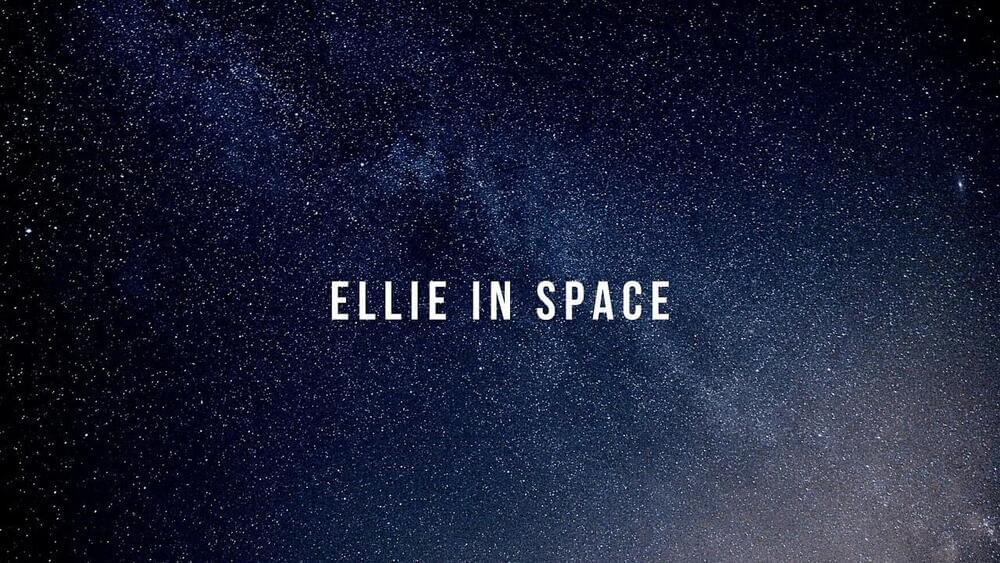
HI! I am a news anchor and I have a passion for making videos and I love sharing parts of my experience with you, the viewer!
Your support for my channel means a lot. Thanks for watching and if you have any video ideas, shoot me an email, [email protected].
Check out my website, elianasheriff.com.
Follow me on instagram @elianasheriff.
Tweet me @esherifftv.
WANT TO HELP ME MAKE MORE CONTENT?
Head over here: https://www.patreon.com/user?u=47580275
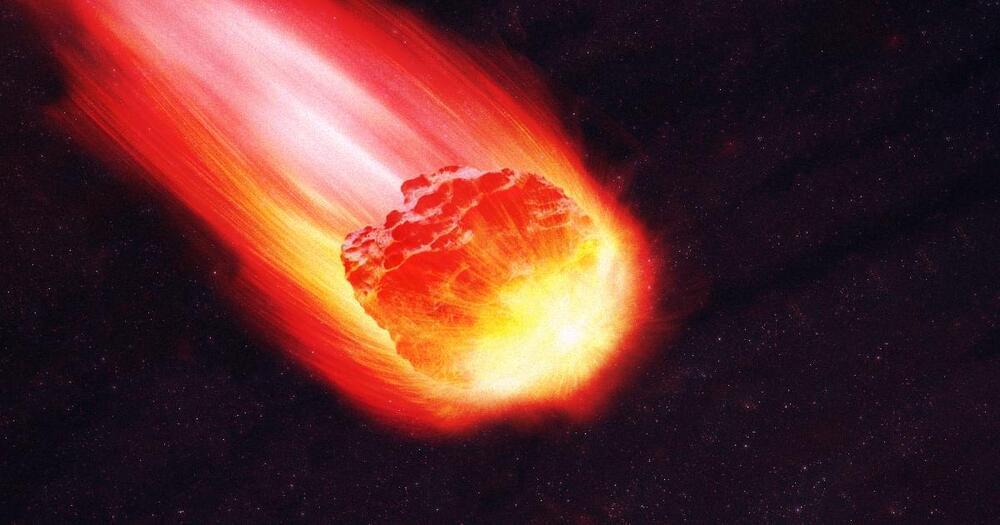
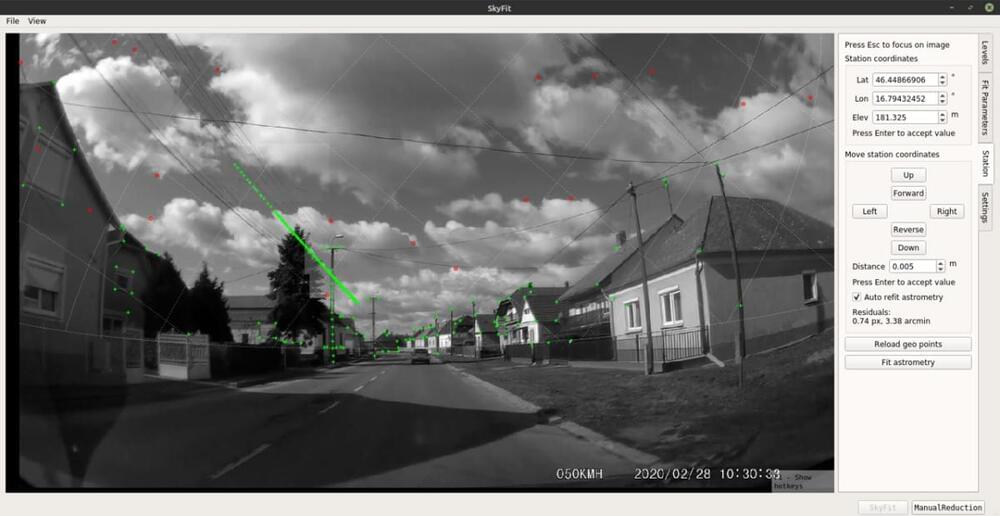
By diligently tracing dashcam footage from a particularly spectacular fireball seen over central Europe in February 2,020 a team of scientists identified the possible source of the space rock.
The fireball, which appeared on Feb. 28 and 10:30 a.m. local time, was recorded by a handful of cameras spread across Slovenia, Croatia, Italy, Austria and Hungary. And the footage appeared to show a space rock breaking into 17 smaller pieces during an airburst event, when an asteroid survives the harsh passage through Earth’s atmosphere but explodes before hitting the planets’ surface.
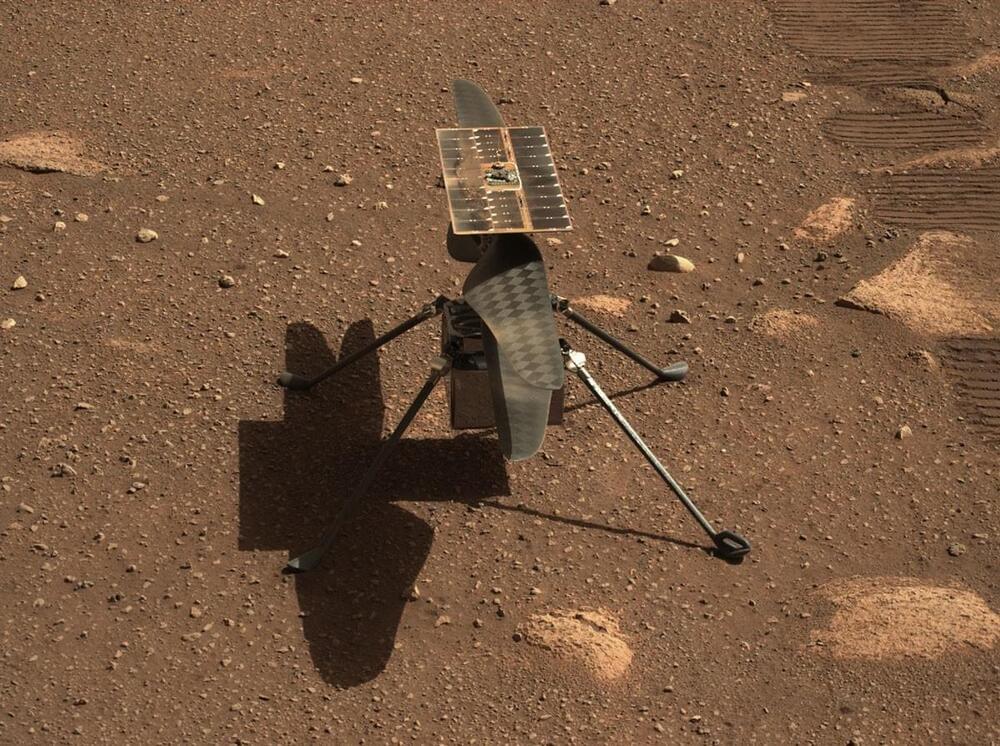
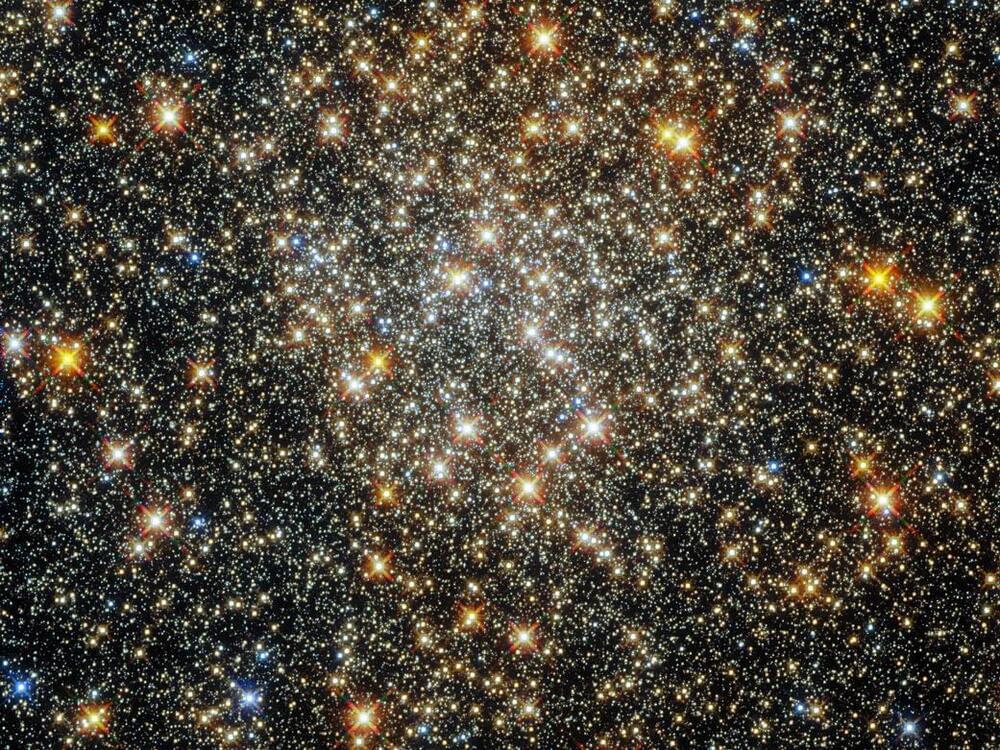
Here’s some beauty for your timeline: a stunning and ancient globular cluster captured by the venerable Hubble Space Telescope. The telescope’s Wide Field Camera 3 and Advanced Camera for Surveys was used to take this picture of ESO 520–21 (also known as Palomar 6), which is located about 25,000 light years away from Earth. Scientists say this globular cluster is probably about 12.4 billion years old.
Globular clusters are collections of tightly bound stars orbiting galaxies. Astronomers consider them as natural laboratories which enablie studies on the evolution of stars and galaxies. In particular, globular clusters could help researchers better understand the formation history and evolution of early type galaxies, as the origin of GCs seems to be closely linked to periods of intense star formation.
ESO 520–21 lies close to the center of the Milky Way, and from our vantage point on Earth, is in the constellation Ophiuchus. It’s location near the celestial equator is where interstellar gas and dust absorb starlight, which make observations more challenging.